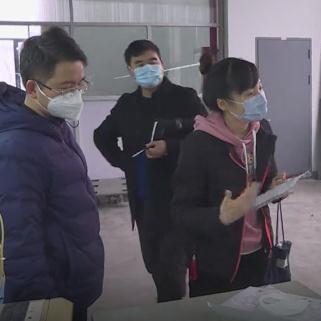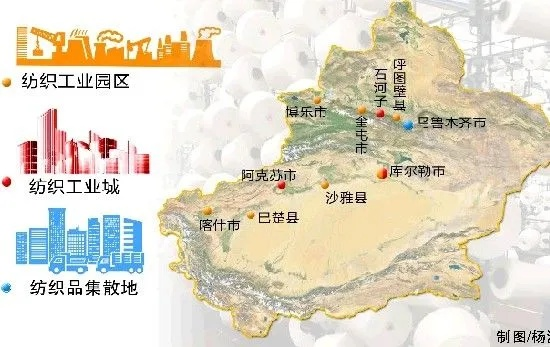Selecting the Right Density for Textiles:A Comprehensive Guide
This comprehensive guide delves into the intricacies of selecting the right density for textiles. It provides a thorough understanding of the factors that influence the selection process, including material properties, application requirements, and environmental considerations. The guide covers various types of textiles, such as woven, knitted, and embroidered fabrics, and provides insights into the impact of different densities on their performance, durability, and aesthetic appeal. Additionally, it offers practical tips on how to determine the optimal density for specific applications, including garments, upholstery, and industrial materials. By following this guide, readers can make informed decisions about the density of textiles they need to produce, ensuring that they meet their desired performance and quality standards.
Introduction: Textiles are an essential part of our daily lives, from clothing to furnishings. The quality and durability of these products depend on several factors, one of which is the density of the textile. Density refers to the number of fibers per square inch or per unit area, and it plays a significant role in determining the strength, softness, and overall performance of the fabric. In this guide, we will explore how to select the right density for your specific needs and provide some practical examples to help you make an informed decision.
Factors to Consider: When selecting the density of textiles, there are several factors to consider. These include:
-
Purpose of Use: The purpose of the textile determines the level of density required. For example, a high-density fabric would be ideal for outdoor use where wear and tear is expected, while a low-density fabric would be suitable for indoor use where comfort and breathability are more important.
-
Weather Conditions: The climate where the textile will be used also affects its density. For instance, a lightweight, breathable fabric may be preferred in hot, humid conditions, while a heavier, more durable fabric may be necessary in colder, drier environments.
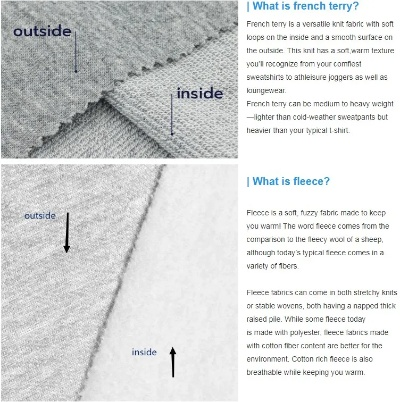
-
Durability: High-density fabrics tend to be more durable than lower-density ones, making them ideal for items that require long-term use. However, they may not be as comfortable or breathable as lower-density fabrics.
-
Comfort and Breathability: Low-density textiles are generally softer and more comfortable to wear, but they may not be as durable or resistant to wear and tear. On the other hand, higher-density fabrics may be more durable but may not feel as soft or comfortable to wear.
-
Price: The cost of the fabric can also influence your choice. High-density fabrics are generally more expensive than lower-density ones, but they may offer better value for money if they meet all your requirements.
Example: Let's consider a case study involving a sportswear brand that produces high-density athletic apparel. The brand's target market is athletes who demand superior performance and durability. The company decided to use high-density polyester fabric for their jerseys, shorts, and other athletic apparel. This decision was based on the fact that high-density fabrics are more durable and can withstand intense wear and tear without losing their shape or color. The result was a product that performed exceptionally well in the field, providing excellent support and comfort to the athletes while also being more resistant to abrasion and wrinkles.
Choosing the Right Density: Now that we have discussed the factors to consider when selecting the density of textiles, let's look at some practical examples to illustrate how to make an informed decision.
Example 1: Outdoor Clothing If you are looking for outdoor clothing that is both durable and breathable, you might want to choose a fabric with a medium-high density. For example, a denim jacket made from a 170 Tex denim fabric would be a good choice. This type of fabric is thick enough to provide good protection against weather elements, while still allowing air to circulate, keeping you cool and comfortable during extended outdoor activities.
Example 2: Indoor Furniture On the other hand, if you are looking for indoor furniture that is soft and comfortable, you might want to choose a fabric with a low density. For example, a sofa made from a 100 Tex cotton fabric would be a good choice. This type of fabric is soft to the touch and provides excellent cushioning, making it perfect for relaxing in after a long day at work or school.
Example 3: Baby Products When it comes to baby products, such as baby clothes or blankets, you should choose a fabric with a very low density. A baby shirt made from a 100 Tex cotton fabric would be a good choice, as it is soft and gentle on the skin of young children. This type of fabric is also breathable and easy to care for, making it ideal for everyday use.
Conclusion: Selecting the right density for textiles requires careful consideration of your specific needs and preferences. By understanding the factors that affect your decision and using practical examples to illustrate how to make an informed choice, you can find the perfect fabric for your projects. Remember that the right density will not only enhance the quality of your products but also improve their performance and longevity. So, take your time, do your research, and don't hesitate to consult with experts when needed.
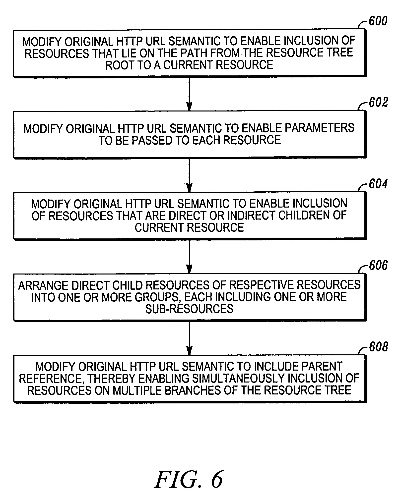
在选购纺织品时,密度是一个重要的考量因素,本文将围绕纺织品的密度选择展开讨论,通过英文案例说明和表格补充说明,帮助读者更好地理解如何选择适合纺织品的密度。
纺织品的密度选择依据
材料特性
纺织品的密度主要取决于其材料特性,不同的纤维类型具有不同的密度,如棉、亚麻、丝绸等,在选择纺织品时,应根据材料的特性来决定密度。
功能性需求
除了材料特性外,密度还与纺织品的实际应用功能有关,对于需要高强度或高吸湿性的纺织品,应选择高密度的材料。
案例分析
选择适合服装材料的密度
假设某品牌的新款夏季连衣裙,需要具有吸湿排汗功能,根据该品牌的需求,他们选择了高密度的亚麻纤维作为主要材料,亚麻纤维具有优良的吸湿排汗性能,同时密度适中,适合夏季穿着。
表格补充说明:
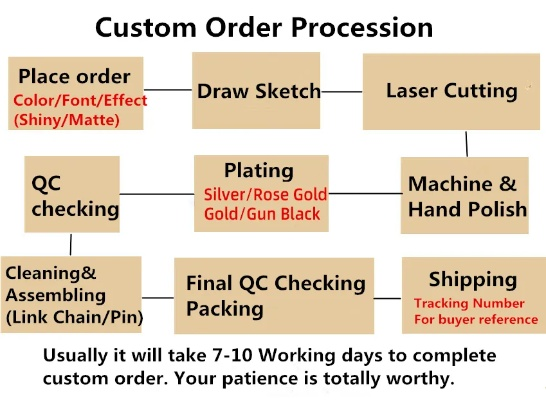
| 材料名称 | 密度(g/cm³) | 应用领域 |
|---|---|---|
| 亚麻纤维 | 高 | 夏季服装、夏季运动服装等 |
| 其他纤维 | 根据具体需求而定 | 其他纺织品类目 |
选择适合窗帘材料的密度
对于窗帘等需要遮光和隔音功能的纺织品,应选择低密度的材料,低密度的窗帘可以提供更好的遮光效果和隔音性能,同时不会过于厚重或影响室内空气流通。
密度选择的方法和步骤
-
了解材料特性 在选择纺织品密度时,首先需要了解材料的特性,可以通过查阅相关资料或咨询专业人士来了解不同材料的密度范围。
-
根据功能需求选择密度 根据纺织品的实际应用功能需求来选择密度,对于需要高强度或高吸湿性的纺织品,应选择高密度的材料;对于需要遮光或隔音功能的纺织品,应选择低密度的材料。
-
进行实验测试 在选择密度后,可以进行实验测试来验证所选密度的纺织品是否符合实际需求,可以通过测量纺织品的质量、厚度等方式来进行测试。
在选择纺织品的密度时,需要根据材料特性、功能性需求以及实际应用功能来综合考虑,还需要注意密度与纺织品外观、手感等因素的关系,通过了解不同材料的密度范围、进行实验测试等方法,可以帮助消费者更好地选择适合纺织品的密度,在实际应用中,可以根据具体需求来选择合适的纺织品密度,以达到更好的使用效果和舒适度。
Articles related to the knowledge points of this article:
The Essential Guide to Choosing the Right Textile Processing Services
The Story of Dazhou Sister Textile and Fabric Wholesale Shop
Top Ten Recommendations for Sports Textiles from Zitong
The Revolutionary Advancements in the Fabric of Life
